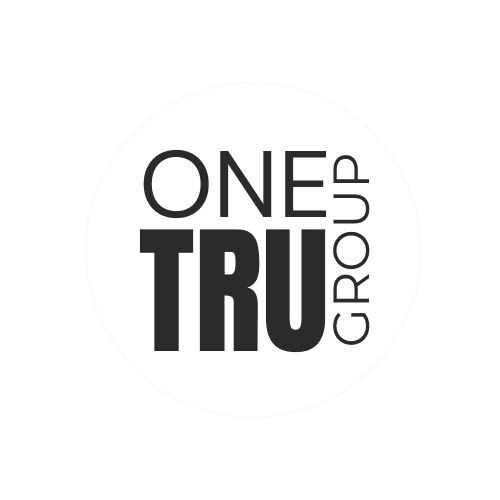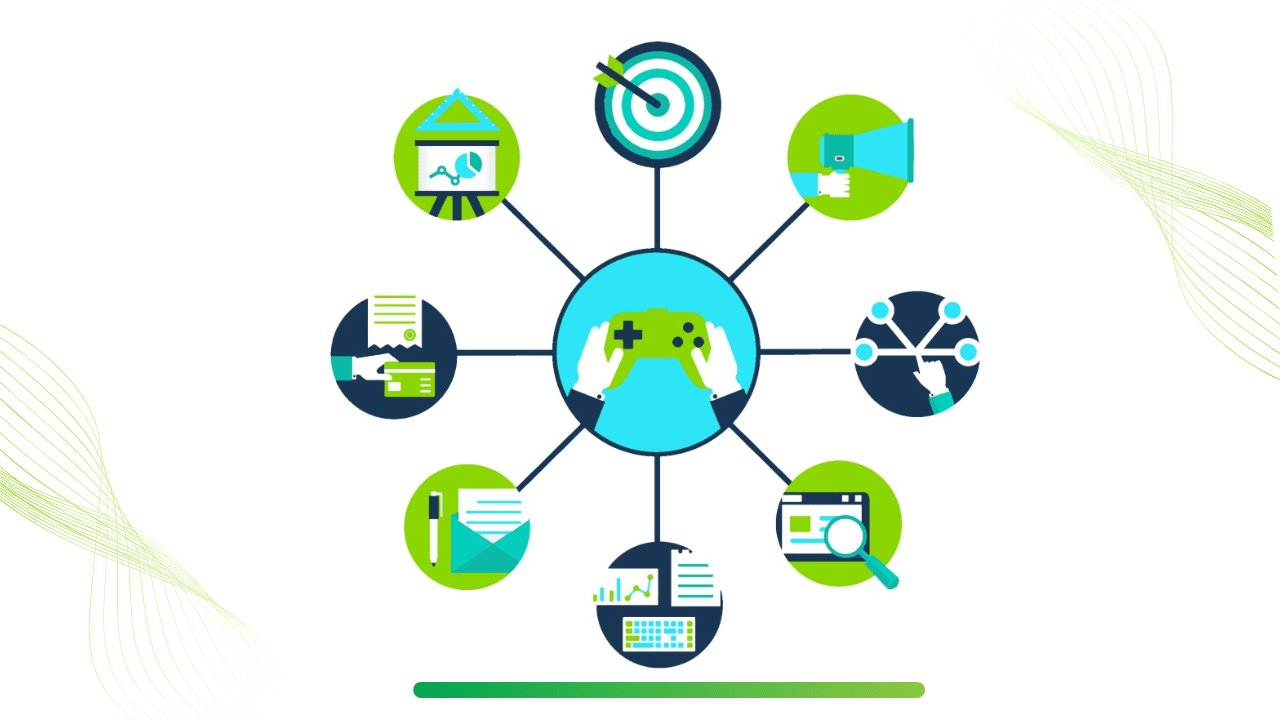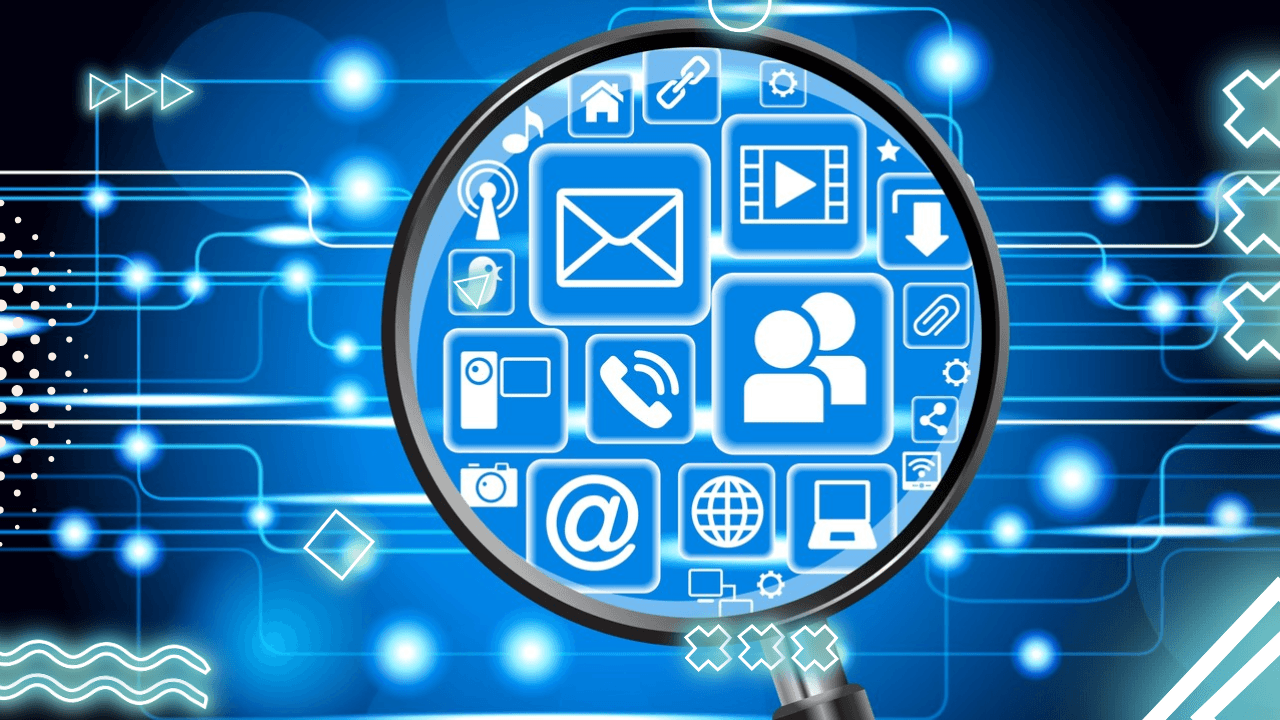What is Gamification?
Gamification is the process of integrating game-based elements into non-game contexts, with the primary objective of enhancing user engagement and motivation. It utilizes various components commonly found in games, such as points, badges, leaderboards, and challenges, to cultivate competitive and rewarding environments in settings like the workplace. The concept of gamification draws its roots from game design principles, emphasizing that the enjoyment and motivation people find in games can be leveraged to influence behavior positively in everyday tasks.
The application of gamification in the workplace goes beyond merely introducing game-like experiences. It involves designing systems that tap into human psychology, fostering an atmosphere of achievement, recognition, and progression. By implementing game mechanics, organizations can encourage employees to complete tasks more efficiently, collaborate more effectively, and align their individual goals with the overarching objectives of the company. For instance, earning points for completing a project or receiving badges for consistently meeting targets can instill a sense of accomplishment and encourage continuous improvement among employees.
Furthermore, leaderboards can introduce a healthy competitive spirit among colleagues, pushing them to perform better while maintaining a sense of camaraderie and teamwork. Challenges, including time-bound assignments or collaborative problem-solving tasks, promote engagement and can lead to innovative solutions. In this context, gamification acts as a powerful tool in transforming traditional workplace dynamics, transforming mundane tasks into engaging and enjoyable activities.
Ultimately, the essence of gamification lies in its ability to harness the intrinsic motivations that games naturally evoke. When applied thoughtfully, what is gamification can reshape organizational cultures, boost employee morale, and enhance overall productivity, paving the way for a more motivated workforce.
Benefits of Gamification in the Workplace
Gamification, the integration of game mechanics in non-game contexts, has emerged as a powerful tool for enhancing workplace dynamics. When implemented effectively, it can lead to numerous benefits, significantly transforming the employee experience and overall organizational culture. One of the most notable advantages of gamification is its ability to improve employee engagement. By incorporating game elements such as points, badges, and leaderboards, employees become more invested in their tasks, encouraging a sense of achievement and motivation.
In addition, gamification can significantly boost productivity. Statistics indicate that workplaces that utilize gamification strategies often see a remarkable increase in output, with some organizations reporting a productivity increase of up to 50%. This improvement can be attributed to the competitive elements introduced, which motivate employees to work harder and more collaboratively towards shared goals. When employees are driven by friendly competition, they tend to complete projects more efficiently, resulting in increased organizational performance.
Moreover, gamification enhances learning and development opportunities within companies. Training modules that employ game mechanics have been shown to increase retention rates by up to 70%, making learning more enjoyable and less daunting. Employees are more likely to embrace new knowledge and skills when it is presented in an engaging manner, fostering an environment that prioritizes continuous development.
Beyond individual benefits, gamification fosters a sense of community and collaboration among team members. By encouraging teamwork through challenges and shared goals, employees can develop stronger relationships, leading to a more cohesive workplace culture. Case studies from various organizations illustrate this impact; companies that introduced gamified processes reported not only improved performance but also increased employee morale and job satisfaction. These results underscore how gamification can play a pivotal role in modern workplaces, consequently reshaping the employment experience for the better.
Practical Applications of Gamification at Work
Gamification, the application of game-design elements in non-game contexts, offers a plethora of opportunities for enhancing engagement in the workplace. One of the primary applications of what is gamification and how can it be applied at work can be found in training programs. By transforming traditional training modules into gamified experiences, employees can engage in skill acquisition through interactive challenges, quizzes, and rewards that motivate participation. This approach not only enhances learning retention but also creates a more enjoyable and competitive atmosphere.
Incorporating gamification into performance reviews represents another potent application. Managers can set performance goals that resemble game levels, providing employees with clear milestones to reach. Regular feedback can be likened to in-game updates, highlighting progress and areas for improvement. Using a points system or badges for achievements can make the appraisal process more transparent and rewarding, helping employees visualize their progression in real time.
Additionally, creating team-building activities that leverage gamification can foster collaboration and cohesion among employees. Activities such as scavenger hunts, trivia competitions, or team-based problem-solving tasks can create a fun environment while simultaneously enhancing team dynamics and problem-solving skills. These activities instill a sense of camaraderie and encourage communication, which is vital in any successful organization.
Furthermore, leveraging goal-tracking applications can significantly boost productivity. Organizations can utilize digital platforms designed for tracking achievements and progress in a gamified format. Employees can visualize their accomplishments through dashboards that present their journey toward personal and professional objectives. While implementing these strategies, it is essential to note potential challenges such as resistance to change and ensuring fairness in competition. Navigating these concerns through clear communication and inclusive design will facilitate the successful integration of gamification into the workplace.
Future Trends in Gamification for the Workplace
The landscape of gamification in the workplace is rapidly evolving, with emerging technologies and methodologies significantly shaping its trajectory. As organizations increasingly recognize the benefits of gamification, it is essential to consider how innovations like artificial intelligence (AI), virtual reality (VR), and augmented reality (AR) are set to redefine employee engagement and learning experiences. AI can enhance gamification strategies by providing personalized feedback and adaptive learning paths, streamlining the process of meeting individual employee needs. By integrating AI into gamified systems, organizations can foster a more engaging environment that resonates with the unique motivations of their workforce.
Moreover, VR and AR offer unparalleled opportunities for immersive learning. These technologies can create realistic simulations that allow employees to engage in practical training scenarios, making the learning process both interactive and efficient. The use of VR in gamification can transform traditional learning experiences by placing employees in lifelike environments that enhance skill acquisition and retention. This interactive approach not only makes learning enjoyable but can lead to improved performance in real-world applications.
Another crucial trend involves the importance of personalization powered by data analytics. Organizations can leverage data collected from employee interactions within gamified systems to tailor experiences according to individual preferences and performance metrics. Through analyzing this data, companies can identify what boosts motivation among employees, enabling them to fine-tune gamification strategies to maximize impact. An understanding of these data-driven insights ensures a more effective implementation of gamification that aligns with both organizational objectives and employee satisfaction.
The foresight of adopting such innovative gamification practices will be essential for organizations looking to maintain a competitive edge. By staying ahead of these trends, businesses can create a workplace where gamification thrives, fostering not only productivity but also a culture of continuous learning and engagement.





